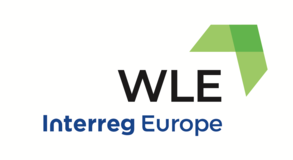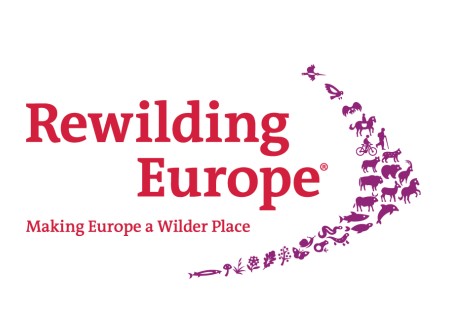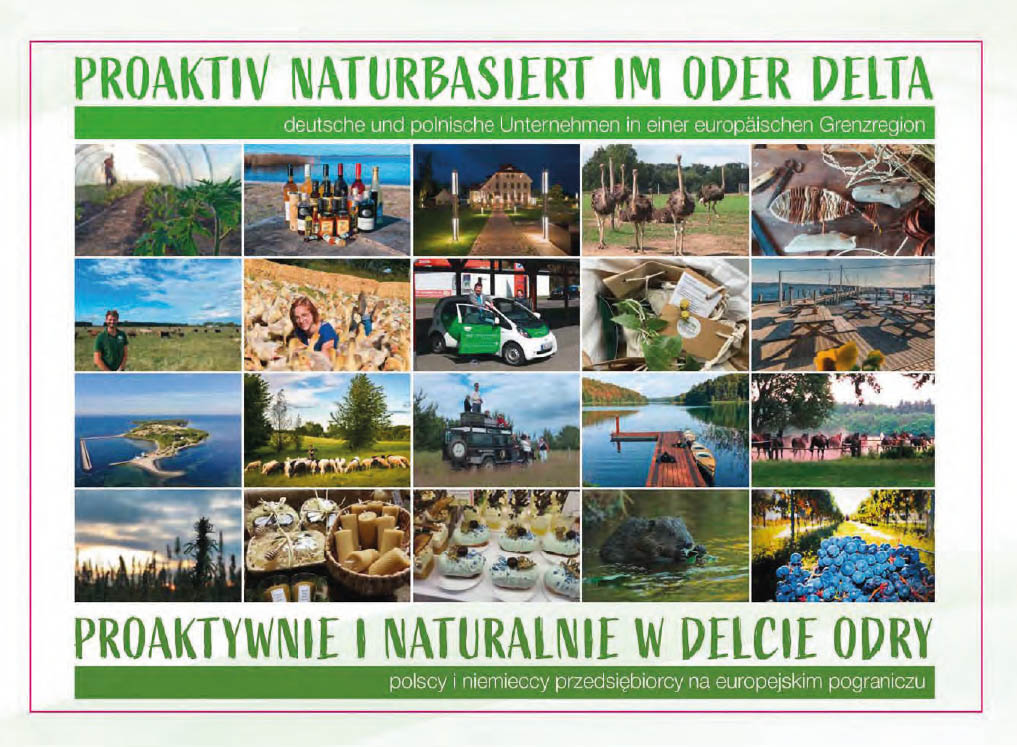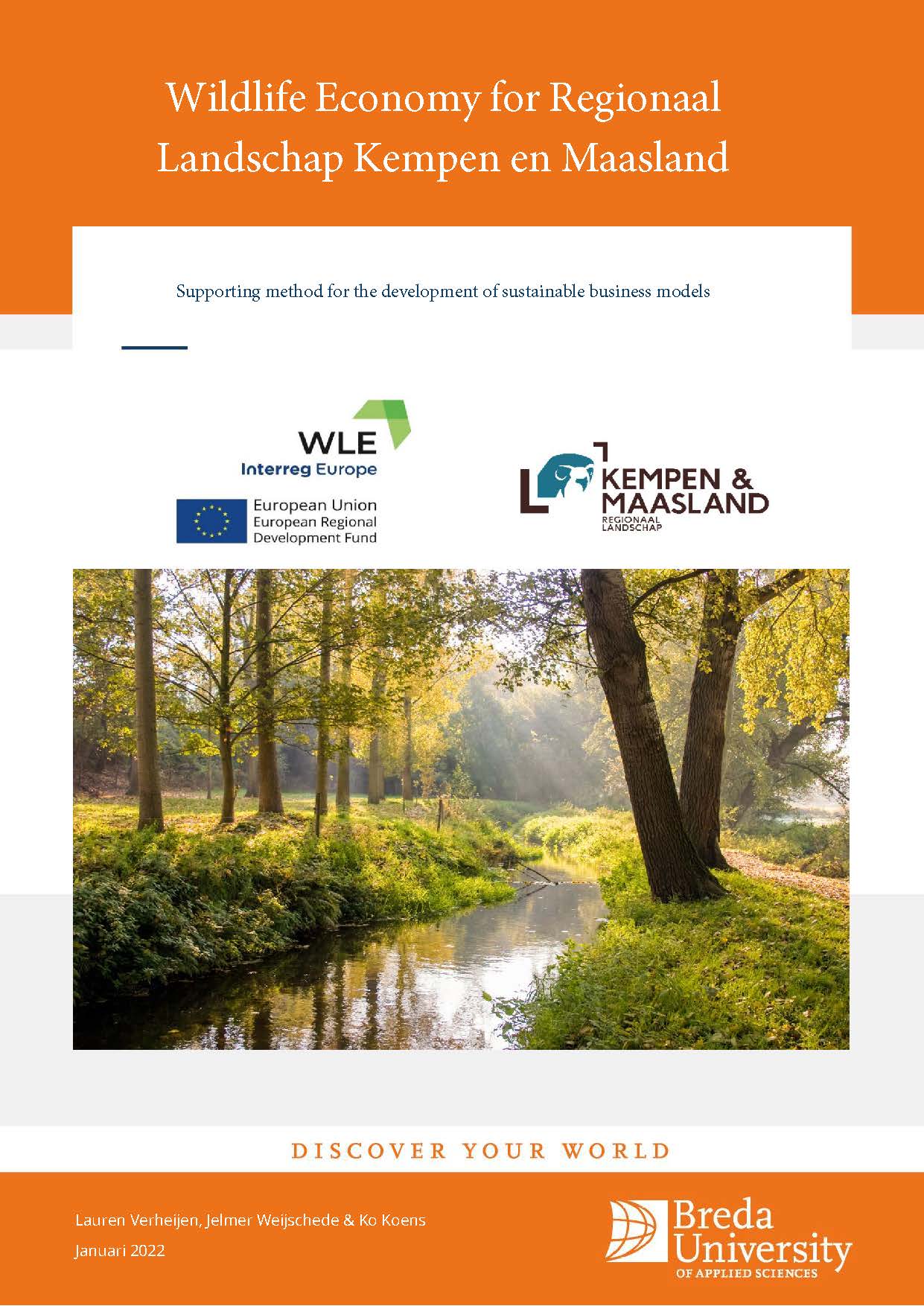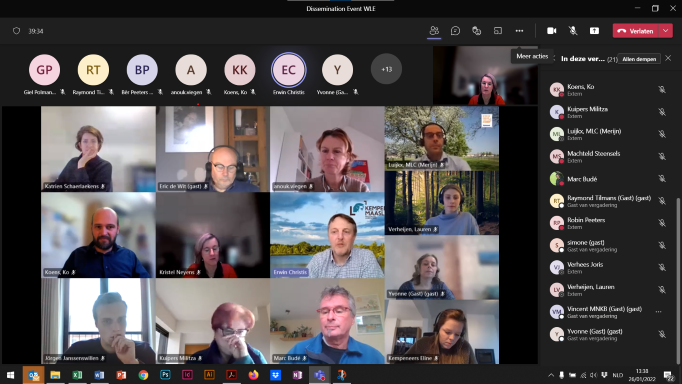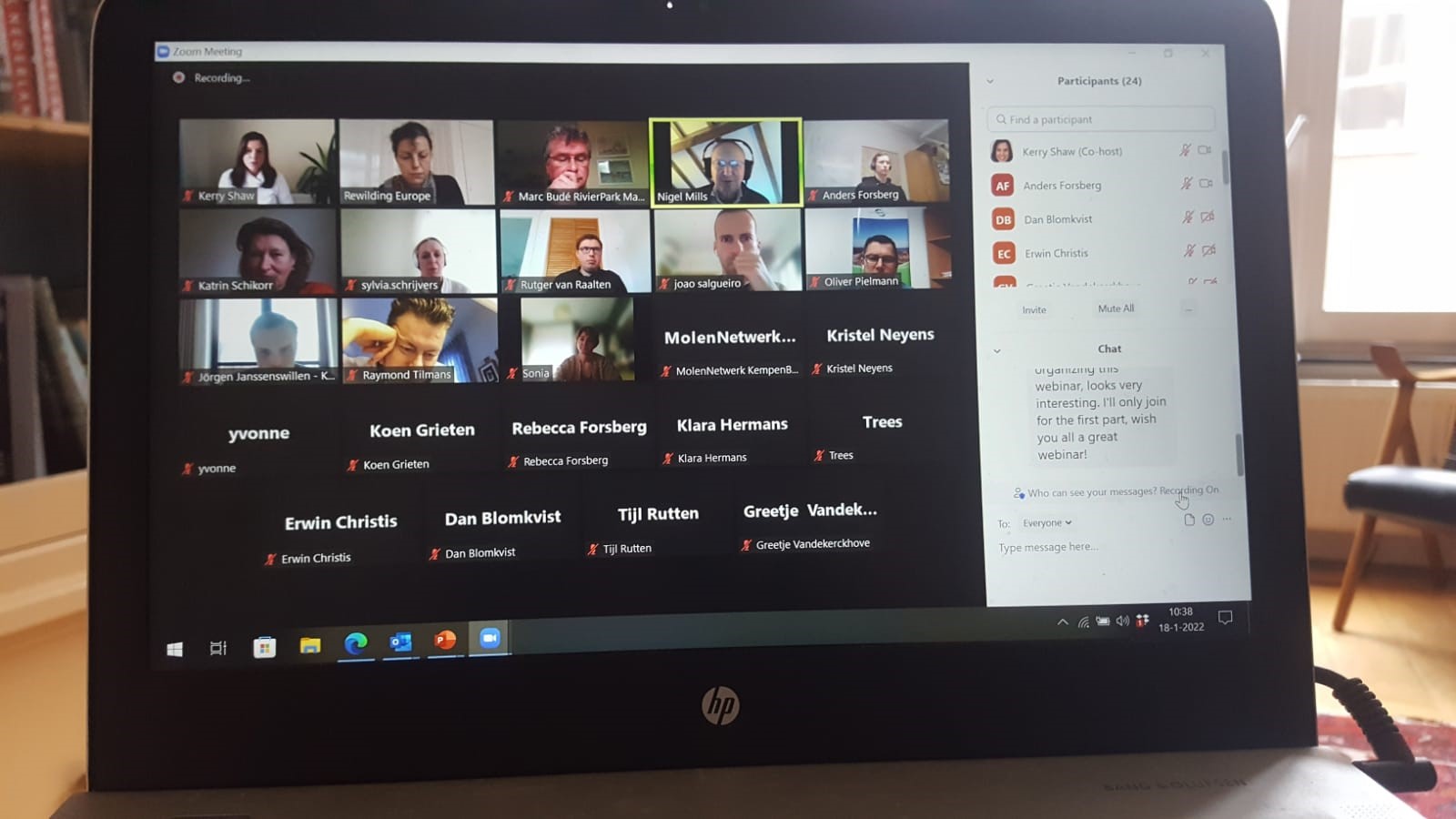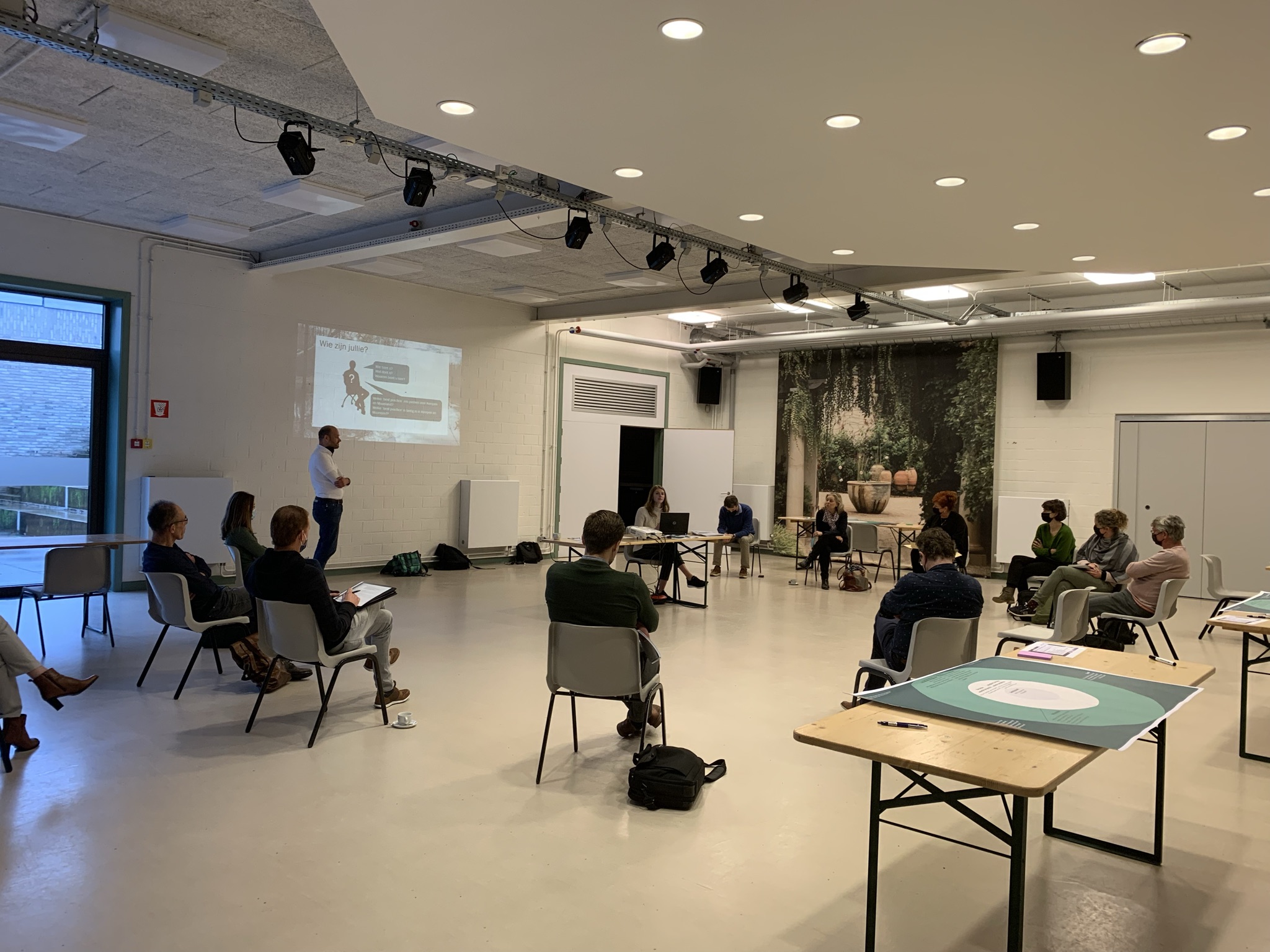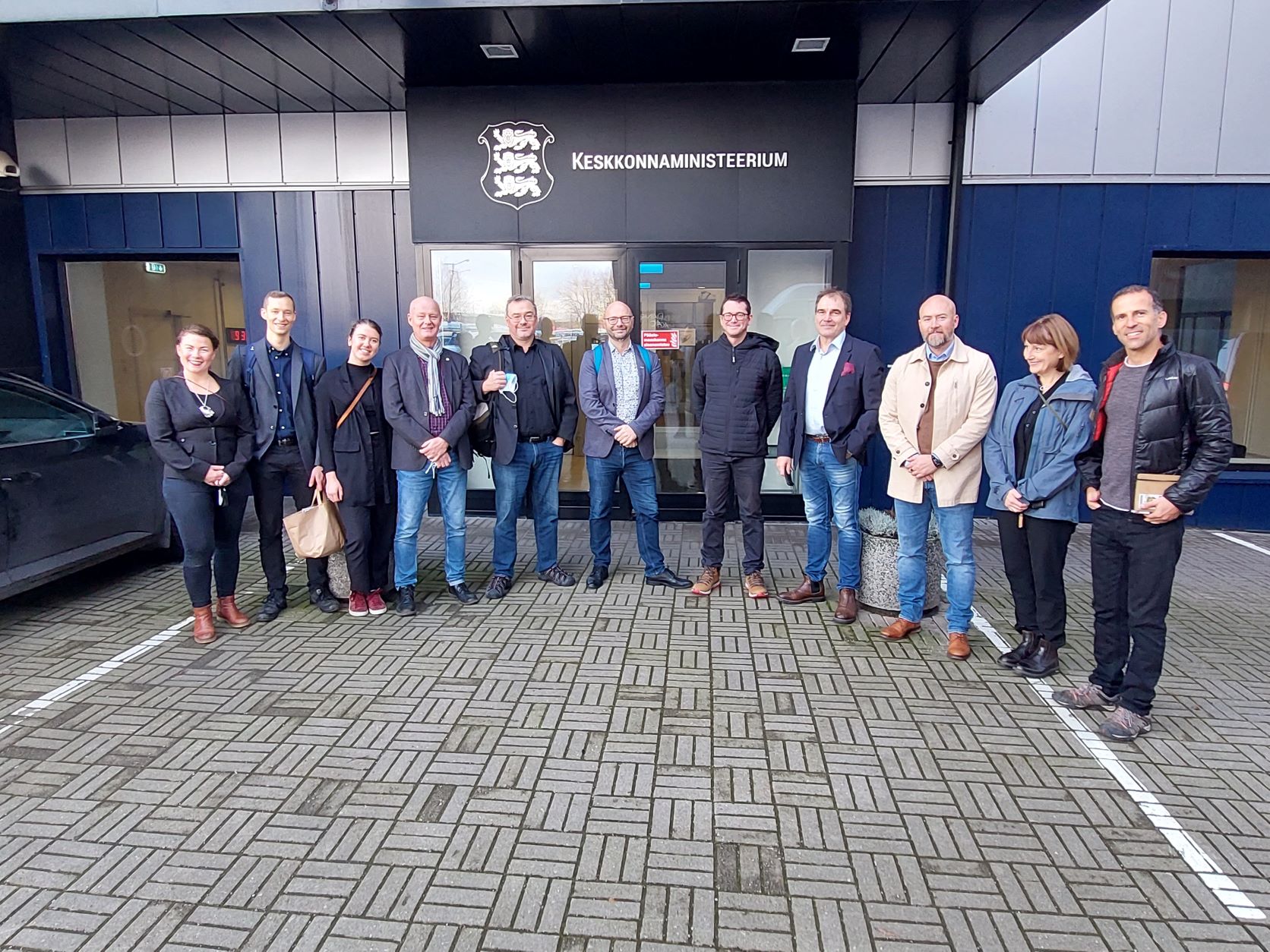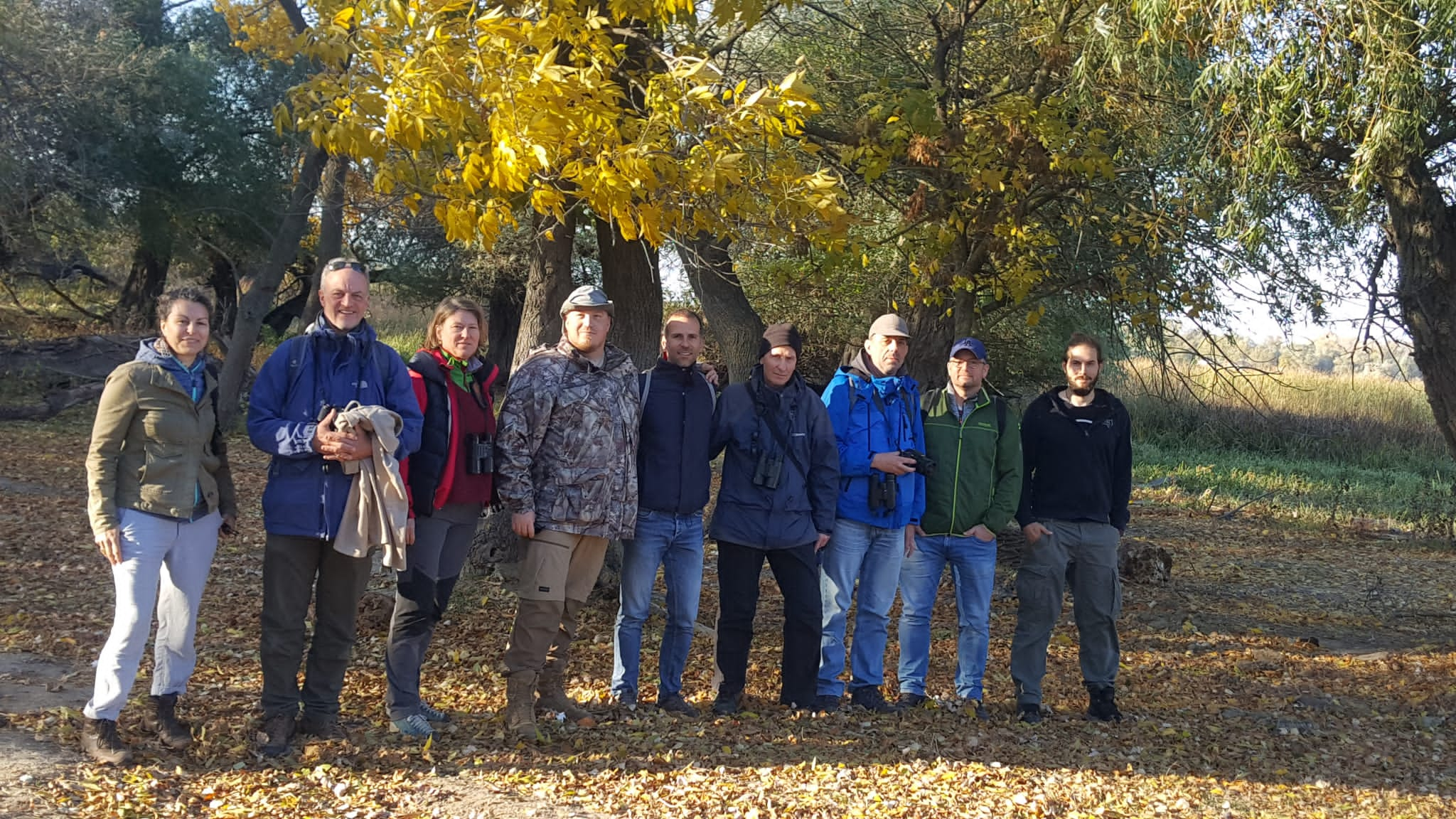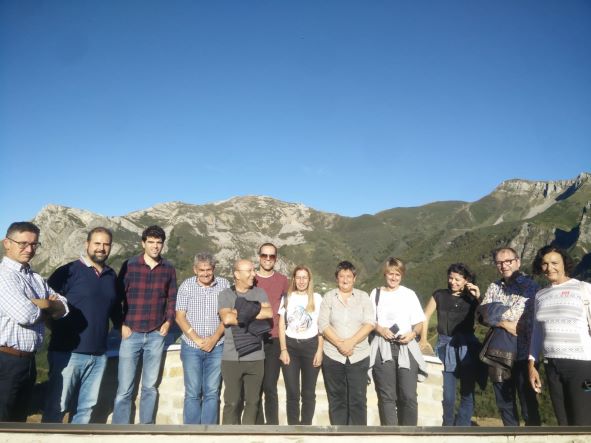For the Interreg project Wildlife Economy: nature as an economic asset, Breda University of Applied Sciences (BUas) was asked to help develop a methodology for the development and implementation of sustainable business models. Recent development in ideas about using tourism for a more sustainable society (such as for example so-called regenerative tourism), emphasizes that such a change is not possible, without new business models where the success of a business is explicitly related to the success of the environment. As part of this assignment, this manual was created. The manual describes three steps that have been developed to help the development of (more) sustainable business models within the region, taking into account the identified bottlenecks. These steps emerged from the workshops organized by BUas with actors from the regions as so-called 'pillars' for the development of such sustainable business models: it is more important that these three steps are in fact completed than the order in which they are completed.This manual also contains a description of two tools that can help and accelerate the development of sustainable business models; the Business Purpose Canvas (BPC) and the so-called sustainable SCAMPER method. In addition to a description of these models, four examples of the BPC are elaborated in the annex. The specific case studies associated with these three examples can be found in the accompanying Wildlife Economy Best Practices Booklet. The fourth concerns a fictitious example.
The entire manual can be read here
